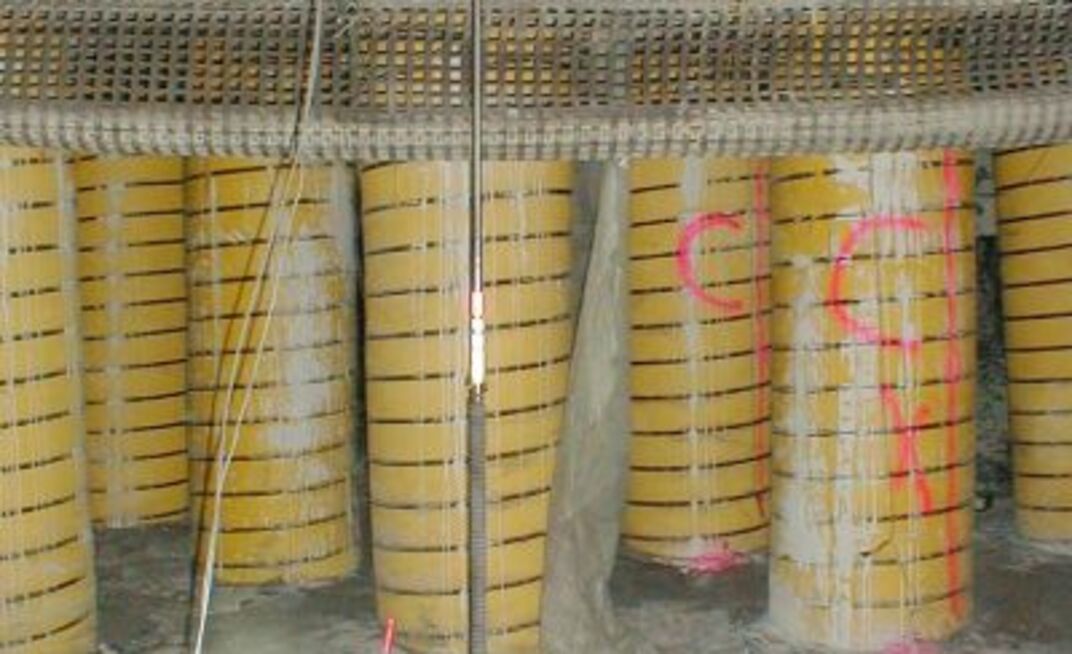“The specific aim of the joint effort is to lower the geotechnical risk associated with the use of pre-driven longwall recovery rooms and improve the industry’s overall acceptance as a viable alternative to more conventional, potentially dangerous, and costly longwall recoveries,” Strata’s Rob Thomas and NIOSH researcher Stephen Tadolini said.
When using a pre-driven longwall recovery room, the entry is developed and supported ahead of time so that the required combinations of standing and internal supports can be installed before the longwall face approaches.
Recent experience indicates that with this method of recovery, the actual removal of the longwall supports off the face is also both safer and quicker, Tadolini said.
To develop comprehensive design guidelines for pre-driven recovery rooms, a wide range of roof and floor types, seam thicknesses and depths of cover need to be considered.
According to Tadolini a key component of a safe and efficient recovery is the placement of standing support systems that are strong, cuttable, yieldable and pumpable.
Therefore, to properly design the supports, the criteria must include not only the capacity of the support but the convergence requirement as well, particularly with passive standing support systems that develop their loading capacity only through the convergence of the entry.
“What is this convergence requirement, how stiff do the supports need to be, and how much yield is needed to provide adequate ground control? These requirements may also be conflicting by nature,” Tadolini said.
“For example, a stiffer support will develop higher loading in response to the uncontrollable component of the ground response, and therefore will require higher capacity compared to a softer support.
“However, the support cannot be so soft as to allow excessive convergence to occur that will lead to unstable ground conditions.”
So, how much control over the ground response do the supports actually have?
According to NIOSH’s Dr Thomas Barczak: “The correct mix of stiffness, yield and strength depends on the nature of the ground response and the degree of control the supports can provide over the rock mechanics mechanisms that are in play.”
Tadolini said longwall pre-driven recovery rooms provide an excellent opportunity to collect support and ground response measurements since the front abutment pressure alone is sufficient to produce yielding of panel fender as the face approaches the recovery room.
A pre-driven recovery room designed by Foundation Coal’s Dr Peter Zhang contained three test areas within a 450m wide face where standing supports were instrumented with hydraulic bladders to measure support loading, and roof-to-floor convergence was obtained by installing wire displacement transducers on and adjacent to the instrumented supports.
Additionally, magnetic and wire extensometers were installed in roof holes to monitor the immediate and main roof movements to a depth of 12.5m. Hydraulic borehole pressure cells were installed to determine actual pillar loading and yield as the longwall face approached.
The instrumentation was safely monitored remotely from the recovery chutes established along the length of the room to facilitate rapid shield removal.
“As shown in the photograph, the standing supports were installed in a 5m wide recovery room. The longwall safely entered the room and the equipment was removed and reinstalled quickly and efficiently for the next panel,” Tadolini said.
A roof-to-floor convergence meter was placed in the centre of the recovery chute in this example. As illustrated, in the background the 1.25m diameter cribs are installed to support the abutment stresses as the longwall face approaches and enters the recovery room.
A complete analysis of the recovery room response and design recommendations are currently being prepared for the International Ground Control Conference in Mining (IGCCM) sponsored by the West Virginia University (WVU) in Morgantown, WV, July 31–Aug 2, 2007.

























